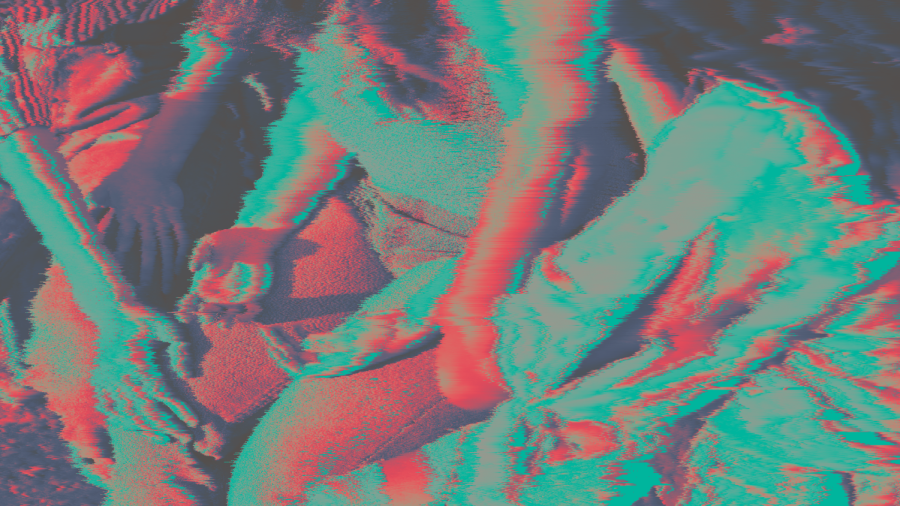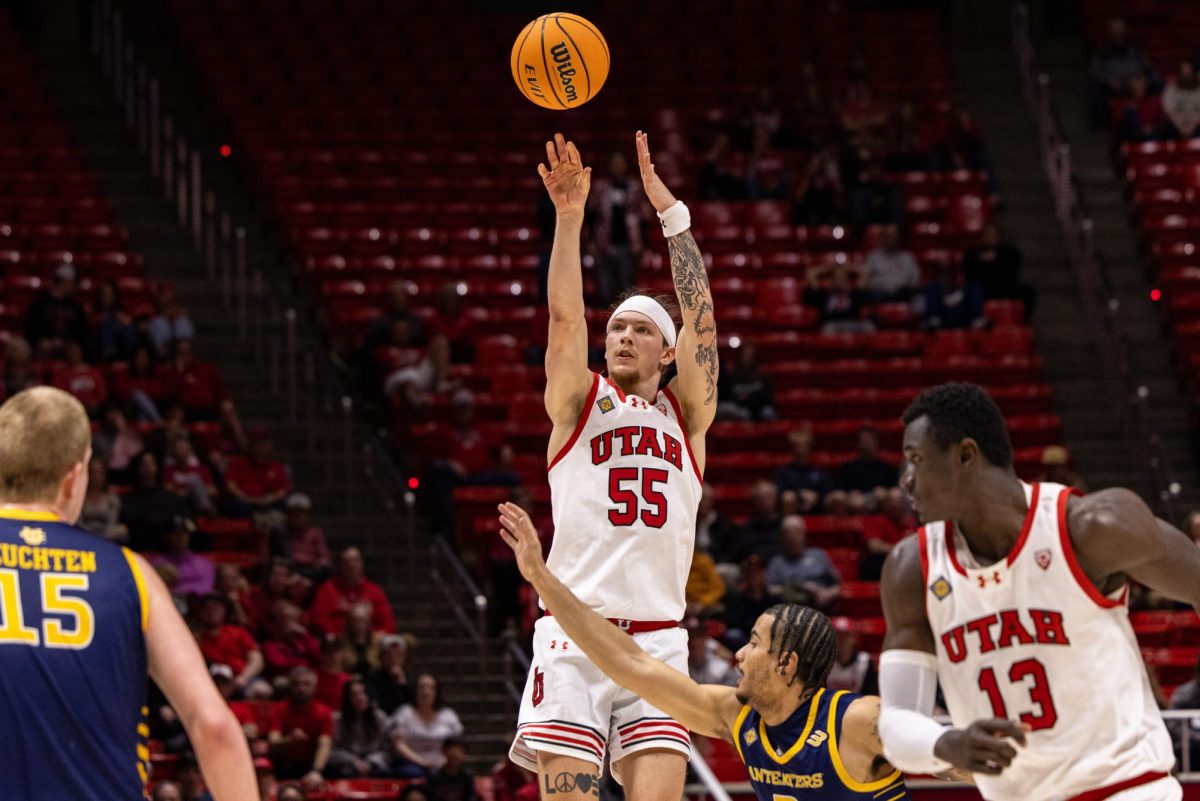Cushman: Utah Needs to Address Isolation of Teens in Utah Teen Treatment Centers
(Graphic by Sydney Stam | The Daily Utah Chronicle)
April 13, 2022
Utah houses around 100 troubled teen institutions — more than any other state in the country. Thousands of teens have passed through our state’s teen treatment centers, and many former residents have spoken about the abuse they experienced there, including celebrities such as Paris Hilton and Danielle Bregoli.
Aaron Ross went to Utah’s Provo Canyon School in 2001 and experienced this abuse firsthand. The isolation of being far from home and living in a place where his abusers were also his caretakers made it hard to reach out for help when he experienced abuse. Utah has made some changes to address abuse in teen treatment centers, but until the state takes further action to end the isolation those teens face, they won’t be able to get the help they need.
When he was in eighth grade, Ross refused to go to school to avoid bullying. After speaking with an educational consultant who recommended treatment at Provo Canyon School, Ross’s parents sent him halfway across the country from his home in New York to Utah. There, Ross witnessed and experienced physical, emotional, sexual and medical abuse. The abuse he described to me mirrored the experiences of many other teen institution survivors.
For instance, in late 2019 after a riot broke out at Red Rock Canyon School, an investigation uncovered a number of abuse incidents, including videos from earlier in the year of a teen put in a chokehold by a staff member, another being thrown across a room and one being injured after getting pinned down for an extended period of time. During his time in Provo Canyon School, Ross, too, repeatedly saw peers violently restrained. He described one peer who “was forced to sit on a chair and face a wall day after day after day after day. And this happens to many of us.”
Physical violence is far from the only abuse that occurs at teen institutions. Emotional abuse at these treatment centers often includes name-calling, bullying from staff and solitary confinement. The riot at Red Rock Canyon School, for example, started after a staffer called some teen girls derogatory names trying to get them back into their room. Ross described one incident of abuse where he soiled himself in solitary confinement because he had no access to a bathroom. When staff finally came to check on him, they made fun of him.
Ross became well acquainted with solitary confinement during his time at Provo Canyon School. When Paris Hilton spoke publicly about her abuse at the same institution, she described long periods of solitary confinement in a cold, empty room with scratches and blood on the walls. Similarly, Ross described time in solitary confinement as seemingly never-ending — lasting for days or weeks at a time — in a cement room with no natural light, toilet, food or water.
It was also in solitary confinement that Ross experienced sexual abuse “about ten times” at the hands of a Provo Canyon School staff member. Sexual abuse claims are widespread in Utah’s teen treatment centers. Survivors from Utah’s Vista centers have talked about experiences with sexual assault at the hands of staff members and the ridicule and shame thrown at them when they tried to come forward. Like those teens, Ross tried to go to the authorities with his experience but said he wasn’t taken seriously.
Through all of this abuse, Ross was also forced to take medication each and every day. When he first got to Provo Canyon School at age 13, he was prescribed four very strong mental health medications that could certainly affect a developing brain. “I was tackled by staff multiple times and they held me down and they injected me with Haldol, which was in addition to the other four drugs that I was already taking at the same time,” Ross said. “I was literally shot up with like five drugs simultaneously. It’s a miracle that I didn’t die.”
He explained that the drugs had “a very detrimental effect on my ability to remember things, on [his] ability to focus, on [his] ability to learn,” as well as caused constant and extreme drowsiness. In other teen treatment centers, medical abuse has involved staff giving teens strong mental health medication without a prescription.
Ross’ experience and the experiences of other survivors illustrate that abuse in these treatment centers is rampant. But the comparisons between Ross and other so-called “troubled teens” doesn’t end at the abuse they experienced. Ross came to Utah from New York, like the 2,574 teens in 2018 and the 1,407 in 2019 who came to Utah residential treatment centers from other states. This creates an isolated environment for thousands of kids in Utah treatment centers. That environment is reinforced by, as Hilton described to the Washington Post, constant monitoring of “all communication with the outside world.”
Ross knows that changing these institutions is a long, hard road that will involve better regulation from our state. Isolation is the mechanism that keeps these kids in abusive environments without access to help. Until Utah adequately addresses it, children in Utah’s teen treatment centers will remain at risk.








